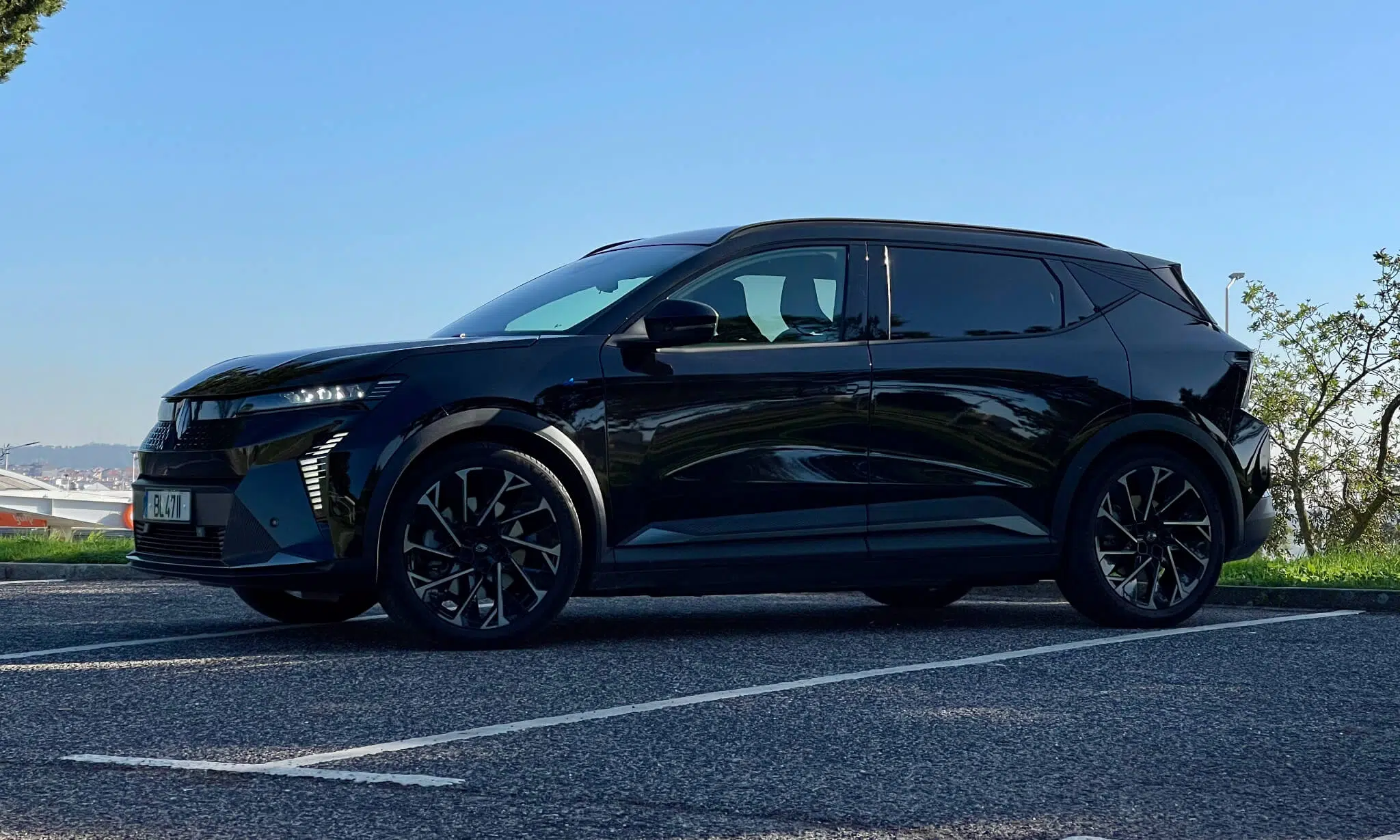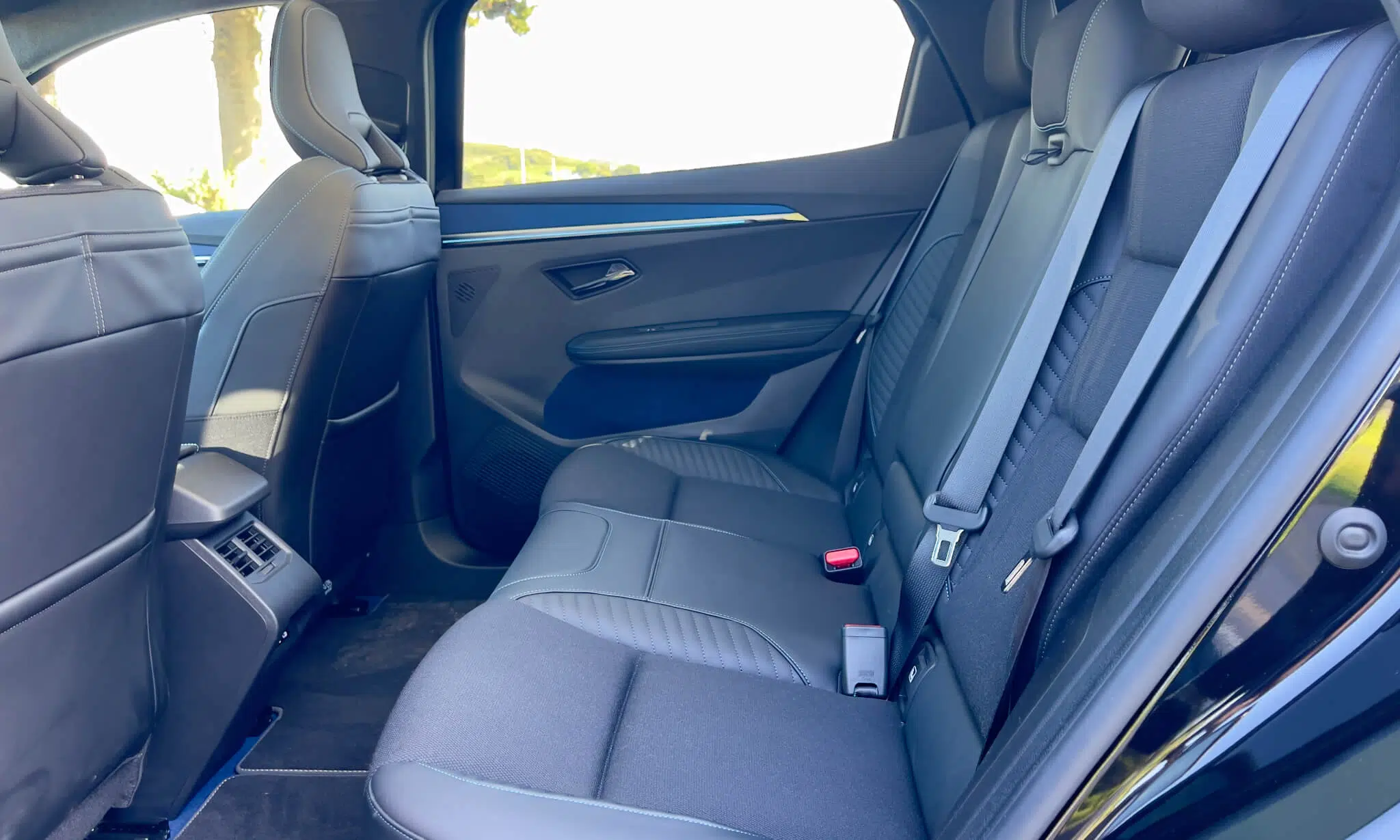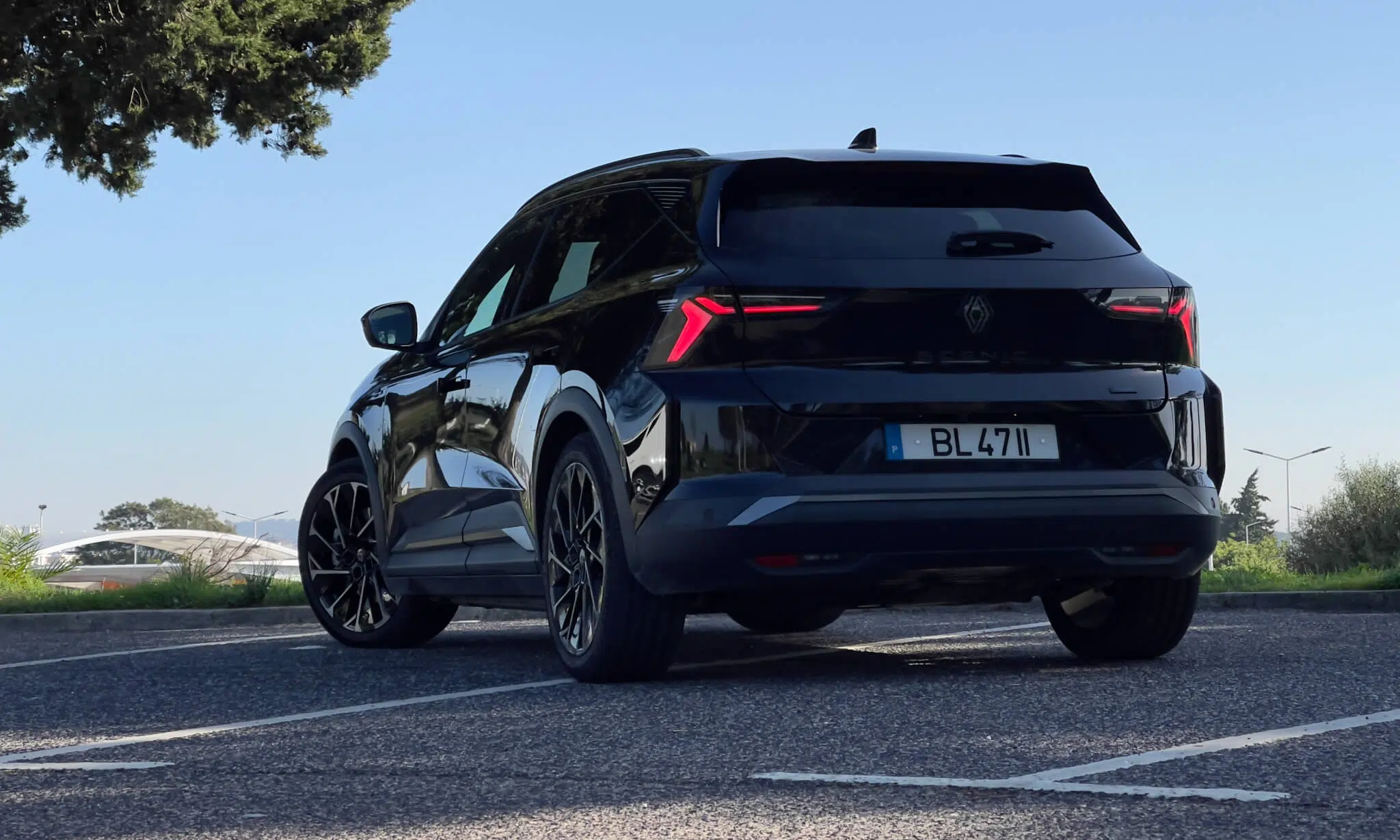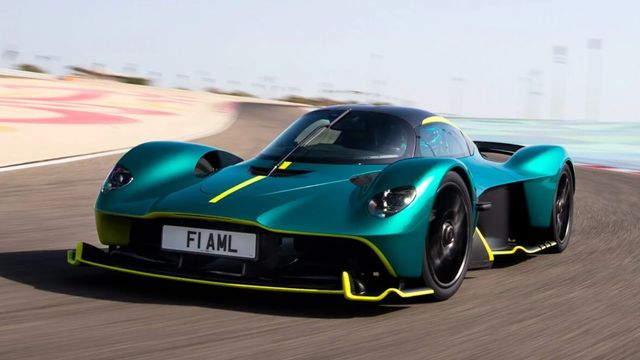RENAULT

We drove the now electrified Renault Scenic crossover, see what the experience was like...
The Renault Scenic helped define the concept of the family car in the 90s. Far from the SUV craze, larger families who needed space and versatility almost always turned to MPVs. It was the golden age of this bodywork, which has now practically disappeared.
Times have changed. Result? Renault realized this and transformed the Espace and Scenic into two crossovers. The first is an extended version of the Austral and keeps the combustion engines; the second — the protagonist of this essay — has been radically transformed and is now 100% electric.
But there are some DNA traits that Scenic hasn't lost: at its core it remains a family car, with space for everything and everyone. At least that's what Renault tells us. Is the new Scenic everything the French brand promises? We went to find out.
Now that it has left its monovolume silhouette aside, the Scenic presents itself with two well-defined volumes and “dressed” in Renault’s latest style language, marked by a torn light signature and more angular elements.
The result is a model with a more aggressive look, something that becomes even more pronounced when we opt for the Alpine esprit trim level, as in the version tested, which comes here in the star black shade and darkened 20” rims. If we add to all this the fact that the new Scenic is 10 cm wider than the Megane E-Tech, we realize that this crossover has a more imposing stance and a much more dynamic image than this model has ever had.

The interior hides an important asset... If it is on the outside that the Scenic wants to impress us, it is on the inside that it has one of its greatest assets: the Google-based infotainment system.
Simple to use, with menus that share a lot of the DNA we find in Android smartphones, it is quite fluid, very fast and, above all, very convenient.
This is because it offers native integration with applications that the vast majority of drivers use daily: Google Maps, Waze or Spotify, for example, and everything can be controlled through Google Assistant.
Despite all this digitalization, Renault did not fall into the trap of creating an overly minimalist interior and kept dedicated physical buttons for the air conditioning and some quick-access controls on the steering wheel.
Furthermore, it is worth praising the excellent work that Renault did in terms of assembly and interior finishes, which are several notches above what we find, for example, in this model's younger "brother", the Megane E-Tech.
The biggest criticism I have is related to the number of rods found on the periphery of the steering wheel, especially the transmission one, which ends up covering part of the digital instrumentation.

And the space?...I began this essay by saying that it was necessary to confirm whether, after all these changes, the Scenic was still a reference as a family car. Well, when it comes to interior space, the answer is yes.
There is plenty of space in the second row of seats, the rear doors open wide (those who need to put child seats in the back seats will appreciate it) and despite the low roof, access to the interior is simple.
Those traveling in the back are also entitled to some perks that don't go unnoticed: the central armrest is a kind of Transformer that hides a support for tablets and smartphones, the central console offers two USB-C ports and the panoramic Solarbay roof (optional) can go from transparent to opaque at the touch of a button.
The trunk also deserves to be highlighted, as it offers 545 liters of capacity, expandable to around 1600 liters with the rear seats folded down.

Proof of autonomy anxiety... The version tested here (220 hp long autonomy) is the most powerful and with the greatest autonomy that we can find in the Renault Scenic E-Tech range. This means we have the largest battery of all, with 87 kWh, and an electric motor that delivers 160 kW (218 hp) and 300 Nm.
But let's get to the number that really matters: in this configuration, the 100% electric Scenic is capable of traveling up to 603 kilometers on a single charge. Which puts it in a prominent position within the segment. With smaller rims this number can increase to 625 kilometers.
Equally important is the fact that it supports alternating current (AC) charging powers of up to 22 kW (optional), although it does not exceed 150 kW in direct current (DC). Furthermore, all versions are equipped with a heat pump, regardless of the equipment level.
Driving without any major concerns at this level and covering around 100 kilometers on the highway every day, I finished this test with an average consumption of 17.9 kWh/100 km, which in theory allows me to get 486 kilometers from a full charge.
However, it is important to note that I traveled below 16.5 kWh/100 km, which already puts us above 527 kilometers for each charge. It's enough for most people to get through a week of commuting on a single charge.
Good sensations behind the wheel...My opinion hasn't changed since I drove the Scenic when it was first introduced. It continues to convince with its ease of driving and the progressive way in which power and torque delivery is made available.
Perhaps the most interesting thing is the fact that it is also very competent from a dynamic point of view: the steering has great feel, the body movements are well controlled and the chassis is very well planted on the road.
The Renault Scenic is available on the national market with prices starting at 40,690 euros, for the 170 hp version and 60 kWh battery — see all prices.
The 218 hp version with an 87 kWh battery starts at 46,500 euros, which leaves this Scenic E-Tech around 2,500 euros above its arch-rival Peugeot E-3008, which in the 213 hp variant, with a 73 kWh battery and 529 km of autonomy starts at 44,150 euros.

The electric Renault Scenic arrived, saw and conquered. It is one of the best models in the segment and in the version with the largest battery it leaves no room for any autonomy anxiety. In this esprit Alpine gains important arguments, mainly aesthetic, but this — together with some optional extras — takes away its competitiveness and pushes the price to levels that, in my opinion, it doesn't make sense to pay. The techno version, one level below, therefore deserves extra attention.
Pros:
-External image
-Finishes and materials
-Infotainment system
-Consumption and autonomy
Cons:
-Price of this version
-Brake feel
-Firm suspension
Mundoquatrorodas

Nenhum comentário:
Postar um comentário